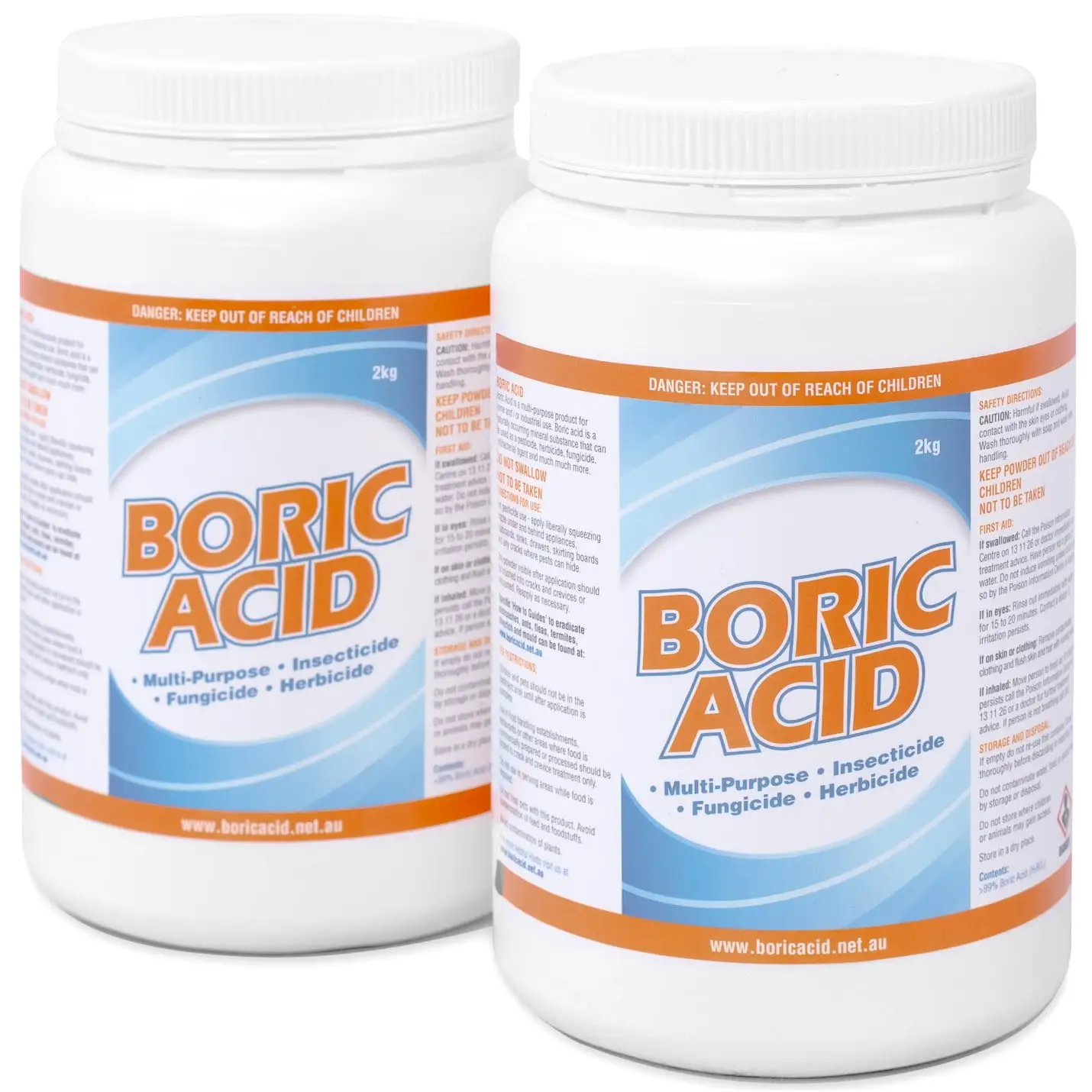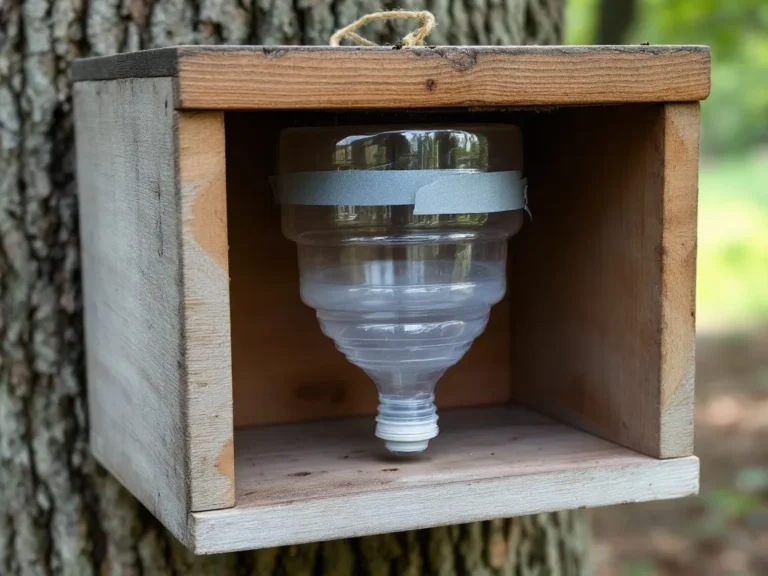Carpenter bees can cause significant damage to wooden structures, creating unsightly holes and weakening the integrity of wood over time. Finding an effective way to control and eliminate these pests is essential for homeowners. One common solution that often comes up is the use of boric acid. But does boric acid really kill carpenter bees? In this article, we will delve into the properties of boric acid, its effectiveness against carpenter bees, and how to use it safely and effectively.
Understanding Boric Acid
Boric acid is a naturally occurring compound derived from boron. It is commonly used as an insecticide, antiseptic, and flame retardant. When used as an insecticide, boric acid works by disrupting the insects’ digestive systems and affecting their metabolism, ultimately leading to death.
Effectiveness of Boric Acid Against Carpenter Bees
How Boric Acid Works on Insects
Boric acid is highly effective against many types of insects, including ants, cockroaches, and termites. When insects ingest boric acid, it disrupts their stomachs and metabolic processes, leading to dehydration and death. It can also act as a physical abrasive, damaging the insects’ exoskeletons.
Impact on Carpenter Bees
Carpenter bees are different from many other insects because they do not typically ingest substances in their environment. Instead, they bore into wood to create their nests. This behavior makes it challenging for boric acid to be effective unless it is strategically placed where the bees are active.
Applying Boric Acid for Carpenter Bee Control
Direct Application
- Locate the Nesting Sites: Identify the entrance holes and tunnels created by carpenter bees. These are usually round, half-inch diameter holes in wooden structures.
- Apply Boric Acid Dust: Using a hand duster or similar tool, apply boric acid dust directly into the entrance holes. This ensures that the bees come into contact with the substance as they enter and exit the tunnels.
- Seal the Holes: After applying the dust, wait a few days to ensure all bees have been exposed. Then, seal the holes with wood filler or caulk to prevent re-infestation and protect the wood.
Indirect Application
- Create a Bait: Mix boric acid with a sweet bait, such as sugar water or honey, to attract carpenter bees. Place the bait near the infested area. While this method is less effective due to the bees’ nesting habits, it can still help reduce the population.
- Treat Surrounding Areas: Apply boric acid dust around the nesting sites and in any cracks or crevices in the wood. This helps to create a barrier that can deter bees from creating new nests.
Safety Precautions
While boric acid is generally safe for humans and pets when used correctly, it is essential to follow these safety precautions:
- Wear Protective Gear: Use gloves, a mask, and safety goggles when handling boric acid to avoid inhalation or skin contact.
- Keep Away from Children and Pets: Store boric acid in a secure location and avoid applying it in areas accessible to children and pets.
- Follow Label Instructions: Always read and follow the instructions on the boric acid product label to ensure safe and effective use.
Alternatives to Boric Acid
If boric acid does not effectively control carpenter bees in your situation, consider these alternative methods:
- Carpenter Bee Traps: Commercial traps can capture and reduce carpenter bee populations. Place traps near infested areas for the best results.
- Insecticidal Sprays: Use insecticidal sprays specifically designed for carpenter bees. Apply the spray directly into the entrance holes and surrounding areas.
- Natural Predators: Encourage natural predators, such as birds, to inhabit your area. Birds can help control carpenter bee populations by feeding on the bees.
Preventing Future Infestations
To prevent carpenter bee infestations, implement these preventive measures:
- Paint or Varnish Wood: Carpenter bees prefer untreated wood. Applying paint or varnish can deter them from boring into the wood.
- Use Hardwood: Opt for hardwoods like oak or maple, which are less attractive to carpenter bees.
- Seal Cracks and Holes: Regularly inspect and seal any cracks or holes in your wooden structures to eliminate potential nesting sites.
- Install Carpenter Bee Traps: Place traps around your property to capture and reduce the population.
Conclusion
Boric acid can be an effective tool in controlling carpenter bee populations when applied correctly. However, due to the unique nesting behavior of carpenter bees, it may not always be the most effective standalone solution. Combining boric acid treatment with other methods, such as traps and preventive measures, can provide a more comprehensive approach to managing and preventing carpenter bee infestations. By taking these steps, you can protect your wooden structures and maintain a bee-free environment.
FAQs
1. How long does it take for boric acid to kill carpenter bees? It can take several days for carpenter bees to die after coming into contact with boric acid. The exact time frame depends on the level of exposure and the size of the bee population.
2. Can boric acid harm my plants or garden? Boric acid can be harmful to plants if applied in large quantities. Use it sparingly and avoid direct application to plant surfaces.
3. Is boric acid safe for indoor use? Yes, boric acid is safe for indoor use when applied according to the product instructions. Keep it away from food preparation areas and out of reach of children and pets.
4. Can I use boric acid in combination with other insecticides? Yes, boric acid can be used in combination with other insecticides for a more comprehensive approach to pest control. Always follow the instructions for each product and consider consulting a pest control professional for guidance.
5. How often should I apply boric acid for carpenter bee control? Reapply boric acid as needed, especially during the active carpenter bee season in spring and early summer. Regular inspections and treatments can help maintain control over the bee population.
Resources
- National Pesticide Information Center (NPIC)
- University of California Agriculture and Natural Resources (UC ANR)
- Environmental Protection Agency (EPA)
- North Carolina Cooperative Extension
- The Entomological Society of America





